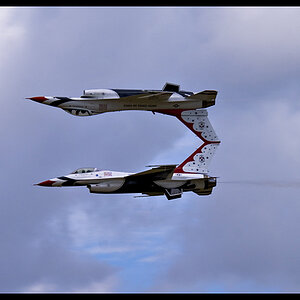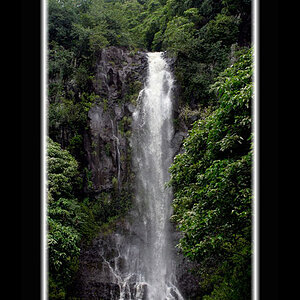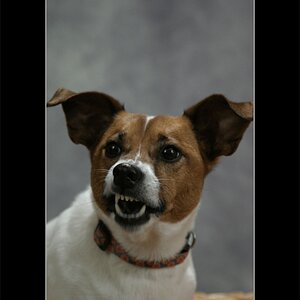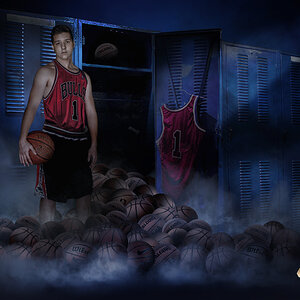Kofman13
TPF Noob!
- Joined
- Nov 7, 2009
- Messages
- 658
- Reaction score
- 4
- Location
- New York, NY
- Can others edit my Photos
- Photos NOT OK to edit
I go to a music college and i've been doing headshots and candids for fellow students for some time. And I never used flash. But I always was lucky with lighting or had to almost always do outdoors and check forcasts constantly and schedule shoots on good weather days.
In the last few days I got contacted by about 4 potential clients and I'm thinking. Is the the time to get a flash? Like an sb600 or something? I always charged either nothting or very little and I'm getting alot better to the point where people insist paying more than I ask for so I've moved my rates up a little. So I'm charging more now and perhaps my pictures should have a heightened level of professionalism? What do you think ?
In the last few days I got contacted by about 4 potential clients and I'm thinking. Is the the time to get a flash? Like an sb600 or something? I always charged either nothting or very little and I'm getting alot better to the point where people insist paying more than I ask for so I've moved my rates up a little. So I'm charging more now and perhaps my pictures should have a heightened level of professionalism? What do you think ?





![[No title]](/data/xfmg/thumbnail/32/32178-010a47bfeb945bdafb02b0ee4888290c.jpg?1619735235)

![[No title]](/data/xfmg/thumbnail/32/32176-48b4ba2fc0e35afa267c5882154e7620.jpg?1619735235)



![[No title]](/data/xfmg/thumbnail/34/34698-b2d730db25fc800b9d7d5baf3d251239.jpg?1619736607)

